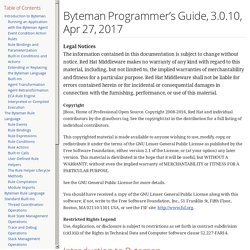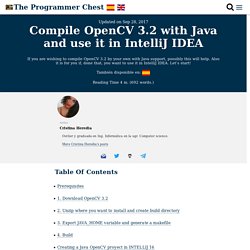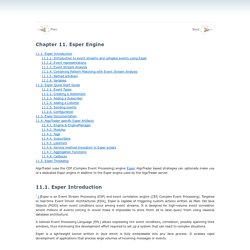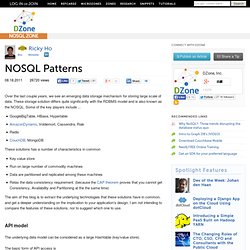

Don't Install Kubernetes! Don't Install Kubernetes! Flow anomaly – automatic problem detection - Coralogix - 3rd generation log analyitcs. When we examined the Log Analytics market, we saw quite a few companies with great products for indexing and visualizing logs.

However, the competition between all these tools was narrowed to who makes the most flexible query language or who is the fastest in indexing log data. In other words: Who applies the most brute force on big data. The problem with this approach was that Log Analytics users didn’t really know how to make the best out of the valuable log data they collect since they had to know what to search for and in what timeframe. Moreover, they reacted to their production problems instead of proactively tackling them. Our goal at Coralogix is to disrupt this market with a whole new approach: get the data you need by push, and not by pull.
Coralogix automatically learns the system’s log sequences in order to detect production software problems in real time. By clicking an anomaly, you open the insights center with the selected anomaly displayed. Byteman Programmer’s Guide, 3.0.10, Apr 27, 2017. Using Byteman from java or ant If you are using Byteman from the java command line or from ant then you will need to download a Byteman release and install it locally.

The latest Byteman release is available as a zip file from the Byteman project downloads page at You need to download either the binary release or the full release and install it in a directory accessible on the machine on which you want to run Byteman. The rest of this document assumes that environment variable BYTEMAN_HOME identifies the directory into which the binary release is unzipped. The binary release contains all the binary (classfile) jars and command scripts you will need to use Byteman, a copy of the programmers guide plus some sample scripts and an associated helper jar. Compile OpenCV 3.2 with Java and use it in IntelliJ IDEA. If you are wishing to compile OpenCV 3.2 by your own with Java support, possibly this will help.

Also it is for you if, done that, you want to use it in IntelliJ IDEA. Let’s start! For compiling OPENCV 3.2 with Java support you must make sure you have the following installed: Java JDK 7+: we need JDK to build Java binding, so if not installed download and install from oracle web page . You can check your JDK version by running: java -version on command line.Apache Ant: run ant -version to check if Apache Ant is installed. Go to opencv documentation and download the last stable version for Linux/Mac. Chapter 11. Esper Engine. The GenericTALibFunction is a portation of ta-lib to AlgoTrader.

It supports all TA-Lib operations. Please consult TA-Lib for a list of all TA-Lib methods and their parameters. If the TA-Lib Function returns just one value, the value is directly exposed by the AggregationFunction. Example: The TA-Lib function movingAverage has just one double typed return value which can be accessed directly. insert into MovingAverage select talib("movingAverage", close.doubleValiue(), 30, "Sma") as result from BarVO; select result from MovingAverage; If the TA-Lib Function returns multiple-values, a dynamic class will be generated on the fly, which gives access to properly typed return-values. Example: The TA-Lib function stochF has return values: outFastK and outFastD. Insert into Stochastic select talib("stochF", high.doubleValiue(), low.doubleValiue(), close.doubleValiue(), 3, 2, "Sma") as result from BarVO; select result.fastk, result.fastd from Stochastic; Request Analysis Dashboard · stagemonitor/stagemonitor Wiki.
APM - Application Performance Monitoring. Opencv. NOSQL Patterns. Over the last couple years, we see an emerging data storage mechanism for storing large scale of data.

These storage solution differs quite significantly with the RDBMS model and is also known as the NOSQL. Some of the key players include ...GoogleBigTable, HBase, HypertableAmazonDynamo, Voldemort, Cassendra, RiakRedisCouchDB, MongoDB These solutions has a number of characteristics in commonKey value storeRun on large number of commodity machinesData are partitioned and replicated among these machinesRelax the data consistency requirement. (because the CAP theorem proves that you cannot get Consistency, Availability and Partitioning at the the same time)The aim of this blog is to extract the underlying technologies that these solutions have in common, and get a deeper understanding on the implication to your application's design. I am not intending to compare the features of these solutions, nor to suggest which one to use. API model The basic form of API access is Data replication. Distributed systems(Grid) Flow-Based Programming.
Java Profiler - .NET Profiler - The profilers for Java and .NET professionals.
Garbage collector. Azureus. Java Exception Handling. Speech Recognition. Eclipse. Jxta.